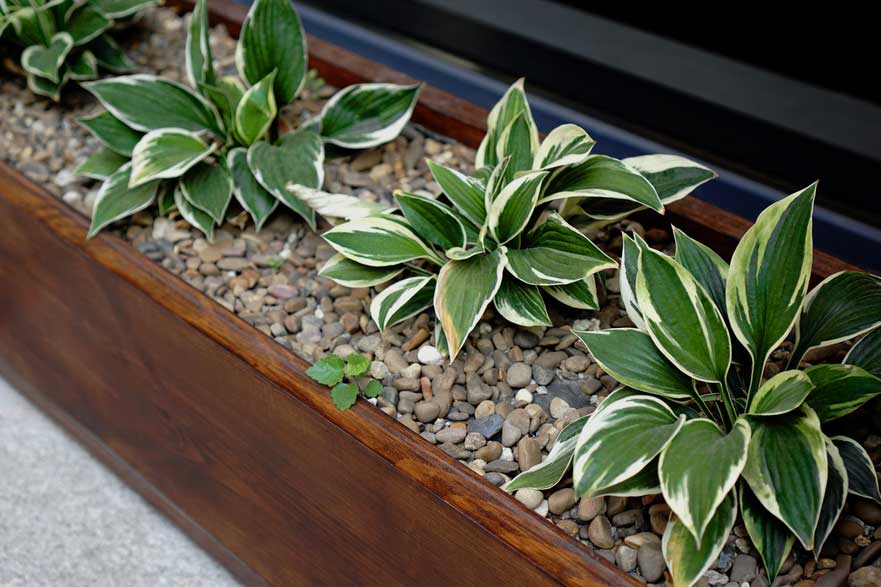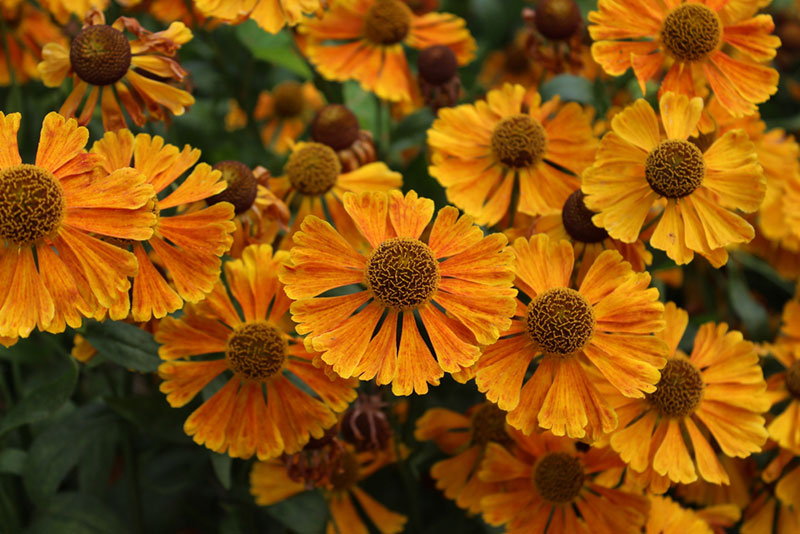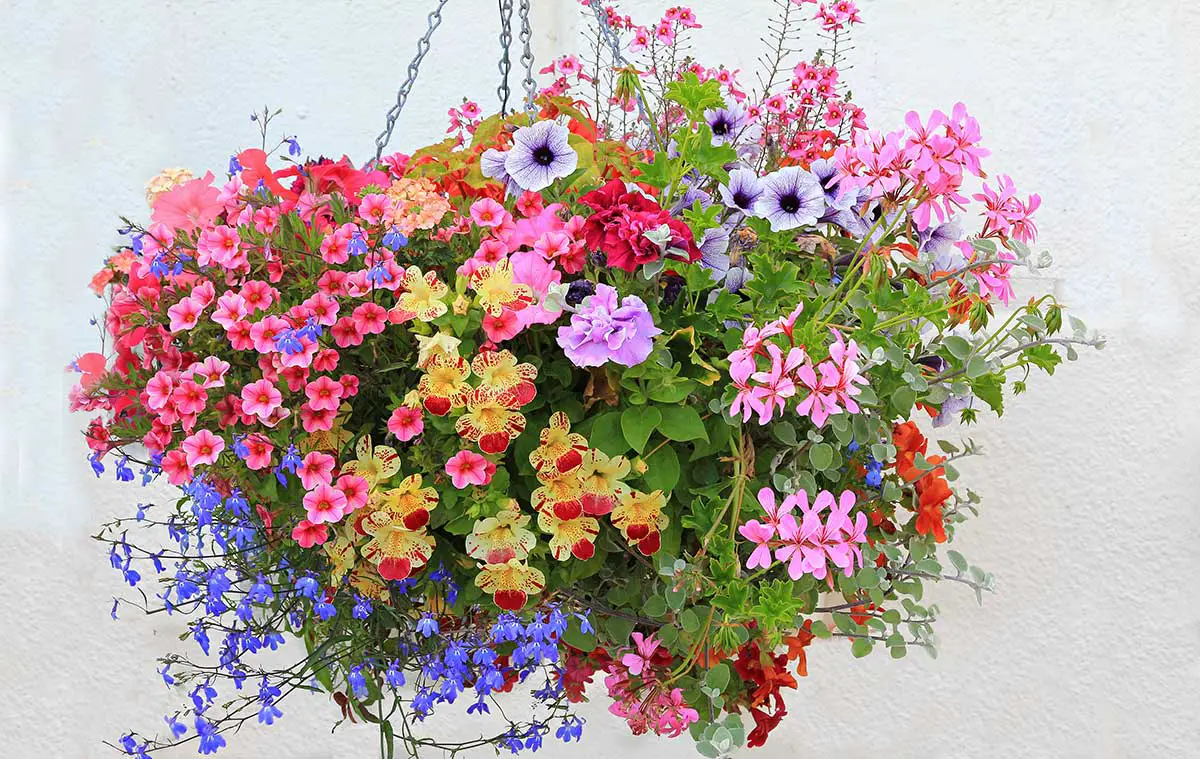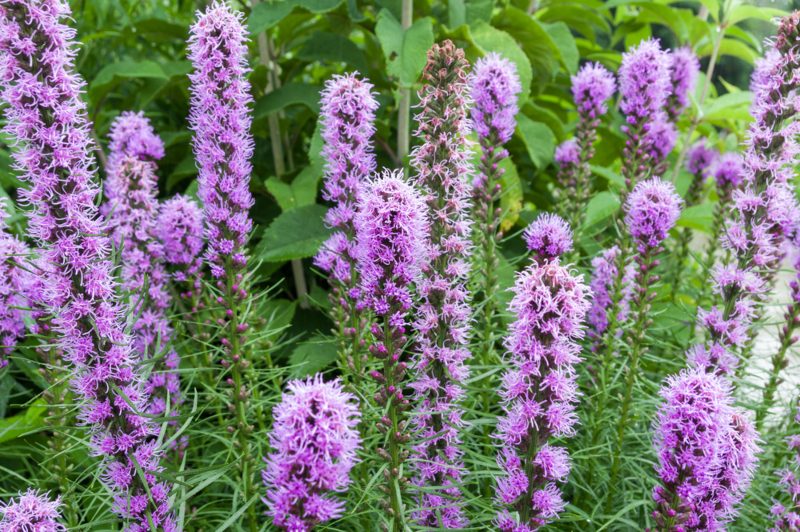
Gayfeather is a native plant in the United States. It grows all over North America and grows in open plains, prairies, mountains, and meadows. The scientific name is Liatris spicata.
The plant has a tuft of leaves that extend straight out of the ground, and it has a sunflower-like appearance bearing purple flowers. It grows up to two feet tall.
Characteristics
The distinctive feature of this plant is its purple flower. The flowers grow up to eight inches long and have a silver band across their base.
Gayfeather has narrow grass-like leaves growing upright from the ground, and it has a strong taproot. Sometimes it produces annually, but typically, it’s a perennial.
Growing Conditions
It is best to grow this plant in full sun or partial shade during the summer months and partial shade during winter. It grows well on moist, sandy soil with plenty of moisture. When in rich soils, it’ll increase to be a foot tall and flowering profusely.
The blooming season begins in July, with its purple flowers lasting until August or September. But, of course, that depends on how much you water the plant.
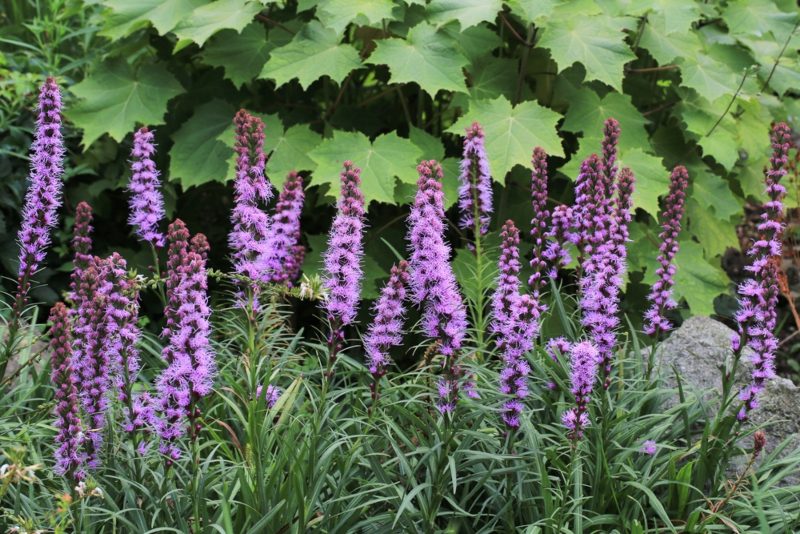
Cold weather leads to the loss of its leaves, but with a little bit of heat, it gets back to growing again in spring. The seeds of the gayfeather grow best when planted in soil that is well-drained, rich in organic matter, and moist.
Be sure to thin the plant if it appears overcrowded and water at regular intervals during hot summer months.
| Botanical Name: | Liatris spicata |
| Common Name(s): | Blazingstar |
| Plant Type: | Perennials |
| Mature Size: | 2 – 4 feet tall (60-120cm) |
| Sun Exposure: | Full sun |
| Water Needs: | Average |
| Soil Type: | Sand, chalk, loam, and clay |
| Soil pH: | Alkaline, acid, and neutral |
| Bloom Time: | Late summertime and early in the fall |
| Maintenance: | Low |
| Flower Color: | White, pink, lavender, and purple |
| Hardiness Zones: | 3 – 9 Zone |
| Toxicity: | Non-toxic |
Caring for Gayfeather
It is effortless to maintain the gayfeather plant as it grows well, even if neglected and unwanted. Weeds do not flourish because the plant’s taproot stops weeds in the area. It’s also tolerant of drought and cold weather. With that, it doesn’t need much care to survive.
Gayfeather can create a natural screen to obstruct light and quickly hide features or objects from view when planted thickly.
Lighting Requirements
Growing a gayfeather plant is easy as it grows well in almost any kind of sunlight. It can grow indoors or outdoors. But when growing the plant indoors, place it near a window with indirect light.
The plant has a low tolerance for harsh conditions, and if you place them in an area where they are subjected to intense light, the leaves will burn and die off, causing the plant to die eventually.
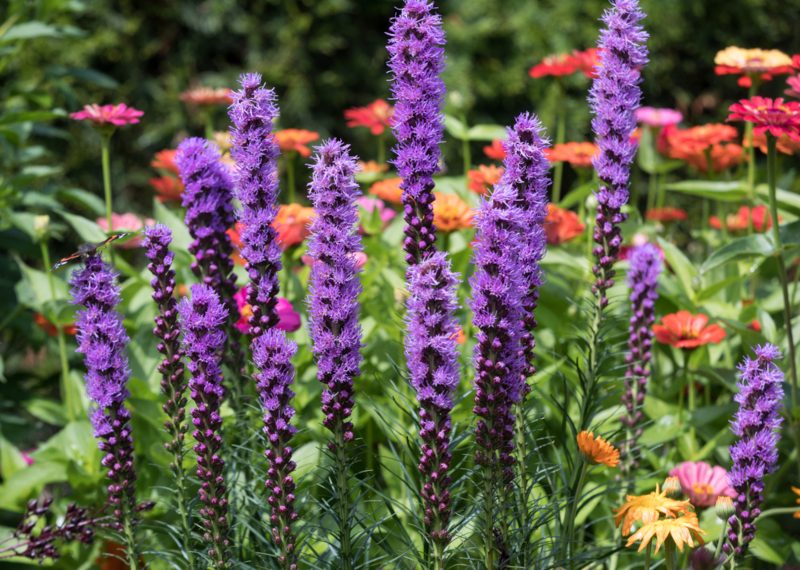
Water Requirements
This plant needs around one inch of water every three to four days, as it is a drought-tolerant plant. You can grow it in shallow soil or on raised beds, but they must have ample drainage. Otherwise, the roots will rot from excess water. Be sure to stop watering when the leaves droop or look limp.
Temperature and Humidity
This plant does well at temperatures as low as 5 to 15° F when in an area with little sunlight. However, it needs a lot of warmth to grow well. So, it’s best suited for outdoors with plenty of heat and light.
The gayfeather will not survive if subjected to temperatures below 7° F. It grows best in hot and humid environments with lots of sunlight. However, make sure direct sunlight does not reach the plant’s leaves and burn them.
Soil
You should place the gayfeather plant in sandy loam soils that drain well and are rich in nutrients. It needs loose soil to produce large taproots deep into the ground for nutrients and water.
The nutrients will help it survive the weather and other environmental factors like drought, cold weather, and heavy rains or snowfall without its roots rotting.
Fertilizer Requirements
The gayfeather plant requires a lot of nitrogen and phosphorus to grow well. Potassium is also necessary for this plant to produce large leaves and stems. Therefore, fertilizing the plants at least once monthly will ensure rapid growth and large, healthy plants.
Is Gayfeather Toxic?
Gayfeather is not toxic when taken orally and is safe for consumption. However, the Gayfeather may have slight toxicity if inhaled or applied to the skin. The plant contains psoralen, a compound that can cause an allergic reaction in some individuals.
Potting and Repotting
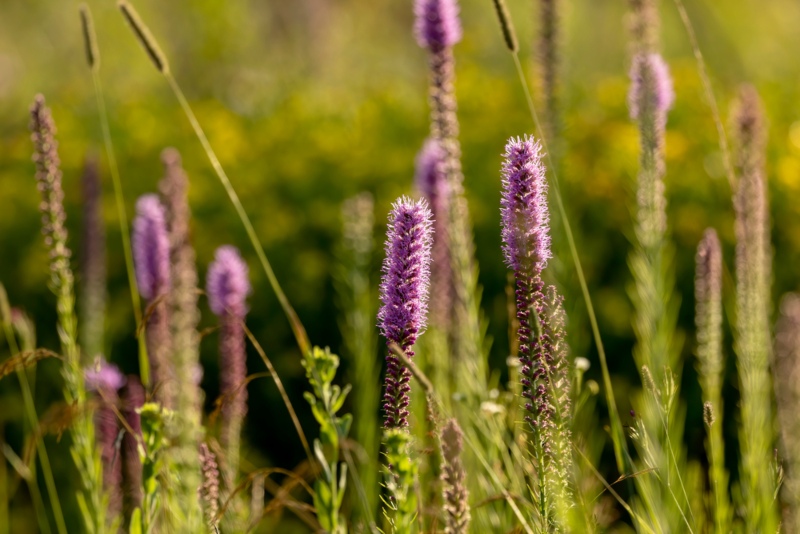
You can take gayfeather plants out of the pot and replant them, as they’ll grow well in a variety of soils. So feel free to place them in larger pots as they grow.
When planting them, place them in an area that receives plenty of sunlight but is not direct.
Propagating Gayfeather Plant
To propagate the plant, place its seeds in the soil, and cover them with a thin layer of soil. You must keep the soil moist at all times for the best results.
It’s essential to provide warmth, water, and sunlight for it to grow healthy plants. Provide maximum care for the plant when propagating it.

